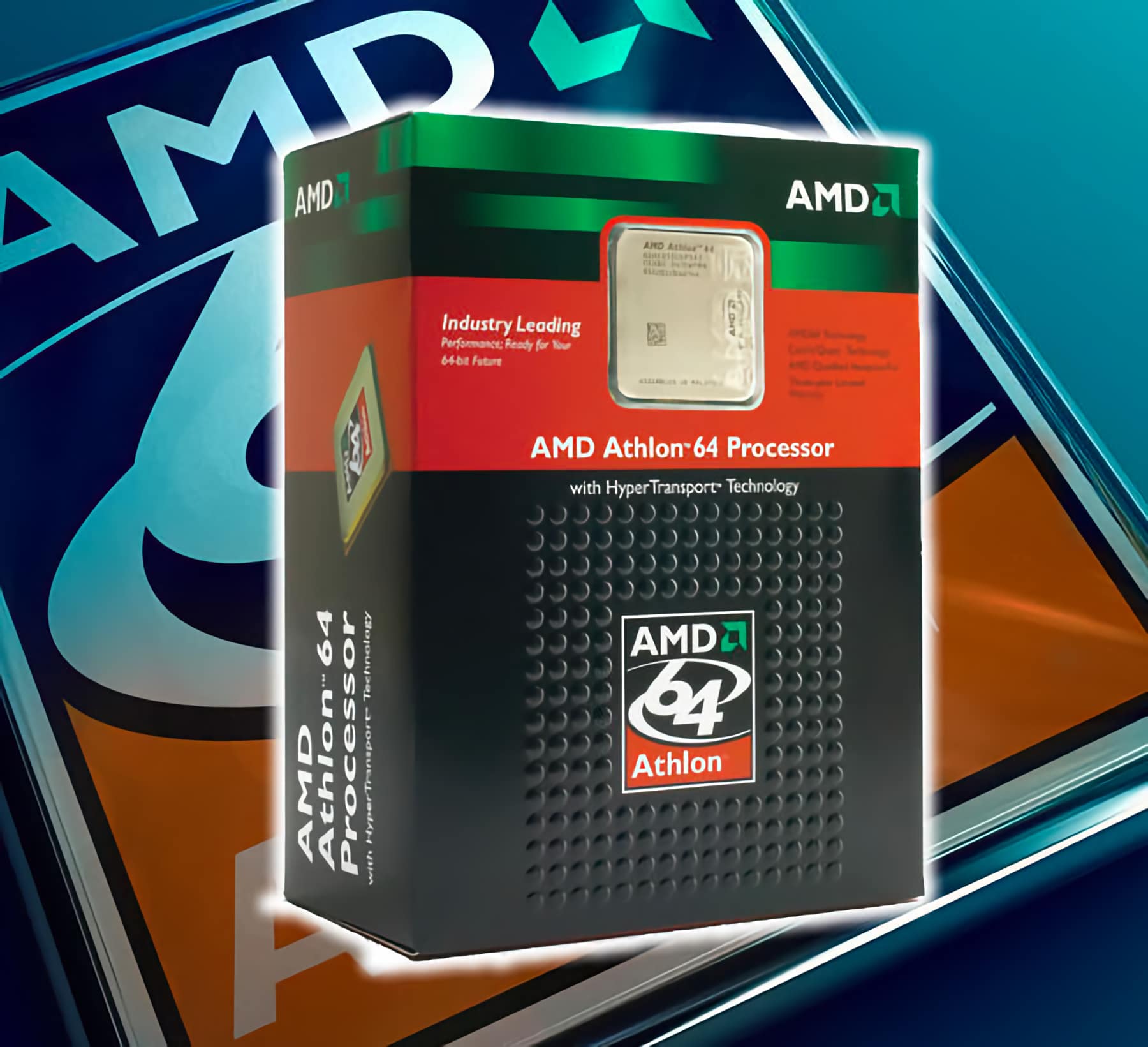Intel has not have anything against Epycs for three years. And they won't have in another three years. Problem is that server buyers are stupid and buy Intel because of that. When buyers get wiser, Intel is in real trouble.
You see that 8% dGPU share is units shipped. Wonder why Nvidia is not going to launch mid priced 4000 series GPU's anytime soon? Because they overshipped older stuff and now they just have to wait until oversupply is gone. AMD however has no similar problems and can much sooner sell mid range 7000 series cards, they have no huge excess inventory.
Like with CPUs, AMDs problem are stupid buyers who buy Nvidia regardless which brand is actually better. For example RT was supposed to be really great, useful etc etc when Nvidia released RTX 2000 series. After 4 years we can safely say RT on RTX 2000 series is still totally useless. And will be. For some reason reviewers haven't learned nothing and still promote RT heavily

Another good example is 6500XT that got very bad reviews. After few weeks, same people realized that heck, there is nothing better available for same price

Problem is not AMDs products. It's stupid people.




